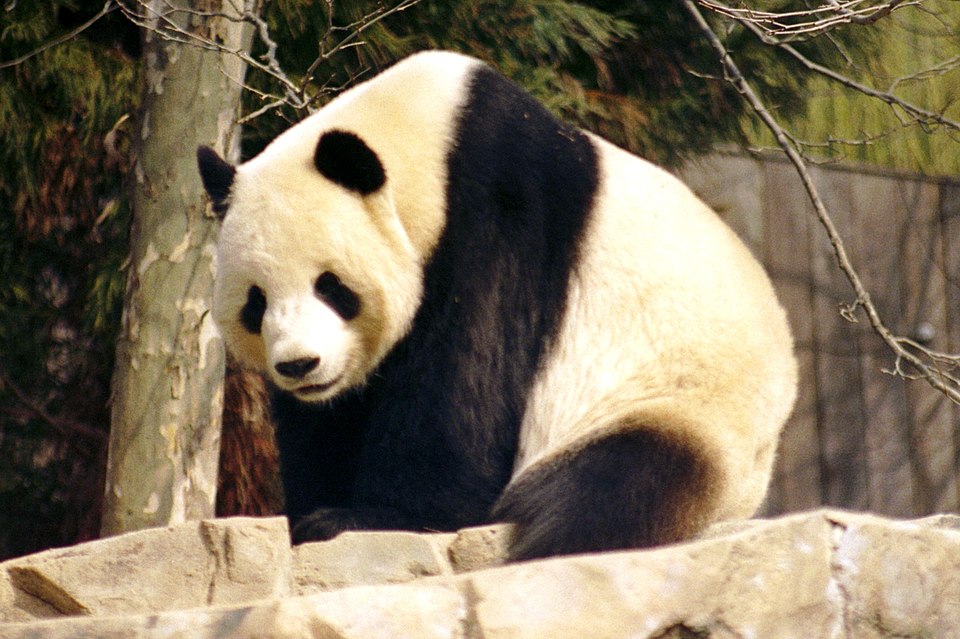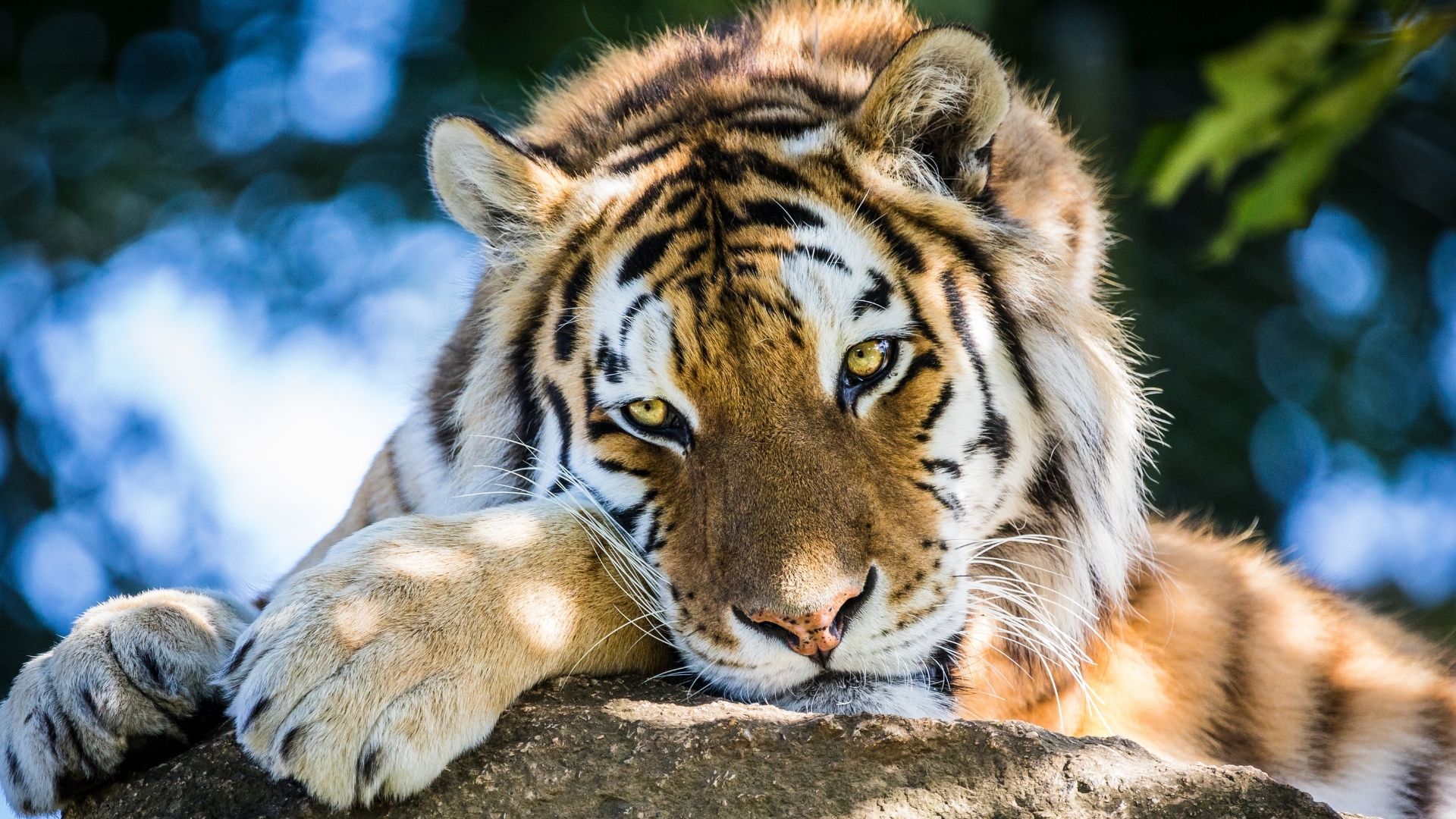The Fascinating World of Animals: Diversity, Intelligence, and Conservation

The animal kingdom is one of the most diverse and awe-inspiring aspects of our natural world. From the depths of the oceans to the highest mountain peaks, animals inhabit every corner of the Earth. Their behaviors, adaptations, intelligence, and roles in ecosystems have fascinated humans for centuries. In this article, we will explore the diversity of the animal kingdom, highlight remarkable examples of animal intelligence, and discuss the urgent need for conservation.

A World of Incredible Diversity
Animals come in all shapes, sizes, and forms. Scientists estimate that there are over 8.7 million species on Earth, with more than 1.5 million formally described, many of which are animals. From microscopic zooplankton to massive blue whales, the diversity of life is staggering.
Invertebrates: The Unsung Majority
While many people think of mammals and birds when they think of animals, the vast majority of animal species are invertebrates — creatures without a backbone. Insects, for example, make up more than 80% of all known animal species. Beetles alone account for about 400,000 species. These small creatures play massive roles in pollination, decomposition, and serving as food sources for other animals.
Vertebrates: Charismatic and Complex
Vertebrates, which include mammals, birds, reptiles, amphibians, and fish, are often more familiar to humans. Each class has its own unique characteristics and evolutionary adaptations.
Mammals are warm-blooded, have hair or fur, and most give live birth. Elephants, tigers, dolphins, and humans all belong to this group.
Birds are known for their feathers and flight, although not all can fly. Penguins, ostriches, and flamingos are fascinating in their own right.
Reptiles like snakes and crocodiles have scales and lay eggs. They thrive in diverse habitats from deserts to rainforests.
Amphibians, such as frogs and salamanders, live both in water and on land and are highly sensitive to environmental changes.
Fish, the most ancient group, dominate aquatic ecosystems with species ranging from tiny guppies to gigantic whale sharks.
Animal Intelligence: More Than Instinct
For many years, scientists underestimated animal intelligence, often attributing animal behavior to mere instinct. However, recent research has upended those assumptions, revealing a world rich in cognition, problem-solving, and even emotion.
Primates and Dolphins: The Brainiacs
Primates like chimpanzees, orangutans, and bonobos have demonstrated advanced tool use, social structures, and even the ability to learn human sign language. Similarly, dolphins exhibit remarkable problem-solving skills, vocal communication, and emotional intelligence. In one famous case, dolphins were trained by the U.S. Navy to locate underwater mines and lost equipment due to their echolocation skills and trainability.

Birds with Brilliant Minds
Crows, ravens, and parrots are among the smartest birds. Studies have shown that crows can solve multi-step puzzles and remember human faces. African grey parrots can mimic human speech and associate words with meanings. These examples blur the lines between human and animal cognition.
Emotional Lives of Animals
Elephants mourn their dead, dogs display empathy, and even rodents show signs of regret. These behaviors challenge the idea that emotions are uniquely human. Scientists now believe that many animals have rich inner lives, capable of experiencing joy, fear, love, and grief.
Symbiosis: The Web of Life
Animals are not just solitary creatures living in isolation — they are deeply interconnected through ecological relationships. Symbiosis is a term used to describe interactions between different species, and these relationships can be mutualistic, parasitic, or commensal.
Mutualism benefits both parties. For instance, bees pollinate flowers while collecting nectar for food.
Parasitism benefits one at the expense of another. Ticks feeding on a dog’s blood are a common example.
Commensalism involves one organism benefiting while the other remains unaffected, such as barnacles hitching rides on whales.
These relationships are crucial to maintaining biodiversity and ecosystem health.
Threats to Animal Life
Unfortunately, the animal kingdom is under siege. Habitat loss, climate change, poaching, and pollution are driving many species to the brink of extinction. According to the World Wildlife Fund, wildlife populations have declined by an average of 69% since 1970.
Habitat Destruction
Deforestation, urban development, and agriculture are major causes of habitat loss. Tropical rainforests, which harbor more than half the world’s animal species, are being destroyed at alarming rates. As habitats shrink, so do animal populations.
Climate Change
Changing temperatures and weather patterns are affecting animal migration, breeding, and food availability. Polar bears are losing sea ice needed for hunting. Coral reefs, vital marine habitats, are bleaching due to rising ocean temperatures.
Poaching and Illegal Wildlife Trade
From elephant ivory to tiger skins, the illegal wildlife trade is a multi-billion-dollar industry that threatens iconic species. Despite international bans, black markets continue to thrive, especially in parts of Asia and Africa.
Pollution
Plastic pollution, oil spills, and chemical waste wreak havoc on marine and terrestrial animals alike. Sea turtles often mistake plastic bags for jellyfish, leading to fatal consequences.
Conservation: A Race Against Time
Efforts to conserve animals and their habitats are more critical than ever. Conservation is not just about saving individual species; it’s about preserving ecosystems and the health of our planet.
Protected Areas and National Parks
Governments and organizations have set aside large tracts of land and water as protected areas. Yellowstone, Kruger, and the Great Barrier Reef are just a few examples. These areas provide safe habitats and serve as research and tourism hubs.
Wildlife Corridors and Rewilding
Wildlife corridors connect fragmented habitats, allowing animals to migrate safely. Rewilding efforts aim to restore ecosystems by reintroducing native species, such as wolves in Yellowstone or bison in Europe.
Community-Based Conservation
Local communities often play vital roles in conservation. Involving indigenous peoples and local stakeholders ensures that conservation efforts are sustainable and respectful of traditional knowledge and livelihoods.
What You Can Do
You don’t need to be a scientist or activist to help animals. Simple actions like reducing plastic use, supporting eco-friendly brands, adopting pets from shelters, and spreading awareness can make a big difference. Supporting wildlife charities or participating in citizen science projects also contributes to the larger effort.
Conclusion: Our Shared Planet
Animals are more than just creatures that share our planet — they are our companions, our inspiration, and crucial players in the web of life. Their diversity, intelligence, and beauty enrich our world in countless ways. However, their future depends on our actions today. By understanding, respecting, and protecting animals, we not only safeguard them but also ensure a healthier, more vibrant Earth for generations to come.
